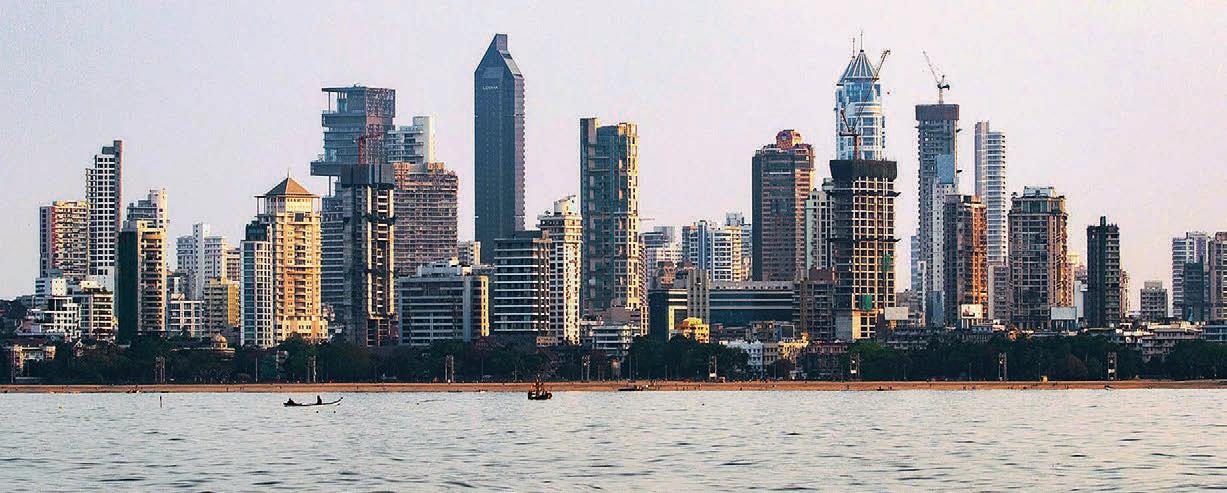
3 minute read
Arable yields looking up as harvest wraps
cross-section of Canterbury seed growers with large and small operations, irrigated and non-irrigated.
THE arable harvest has wrapped up with much improved results from the previous season.
“This time last year most arable farmers were under a fair bit of pressure, coming out of a very difficult and generally poor harvest,” Federated Farmers’ Mid Canterbury arable chair, Darrell Hydes, said.
“The profitability of most arable operations was looking very poor due to skyrocketing costs, many years of static returns for our crops and a poor harvest, so the season’s end this year with much improved results is very welcome.”
Looking back over the past 12 months, Hydes said the industry has been proactive about improving farmgate returns.
“A group of Mid Canterbury seed growers met with seed firms and presented them with our actual cost of production for seed crops and this had a fairly positive reception.”
Following up from this, herbage sub-section chair John McCaw facilitated a group of growers to produce a robust set of figures for the cost of production of perennial ryegrass and white clover.
The group represented a wide
“This proved very interesting as, although we were all running different systems with different cost structures and yields, the bottom lines were surprisingly similar with either negative returns or tiny positives when overheads were included,” McCaw said.
A spreadsheet was produced and now available to all growers to calculate their own yields and costs.
“I have found this very useful when working out what crops to grow this season.”
Hydes said meetings with several herbage seed firms had also been positive.
“As a result we have had a price increase for this coming harvest –not as much as we had hoped for in the case of ryegrass because there was a very good harvest in Europe last year and they have a surplus of ryegrass seed over there.
“The Chinese have also stopped buying Nui which means the Nui market has collapsed, but white clover has seen a significant price increase due to a world shortage after two very poor harvests here in Canterbury.”
The trying harvest season continued for cropping farmers who faced challenges finishing lambs through the wet winter and then faced a lack of processing space at the critical time, trying to get lambs away to shut up ryegrass seed crops.




“I found the meat companies’ lack of response very disappointing and it seemed in marked contrast to the discussions we had with the seed companies,” Hydes said.
“All I can suggest is lamb finishers have a back-up plan in case it happens again.
“But generally the mood among arable farmers seems better this year than last after a better harvest and some better prices. Although grain prices have dropped from last year’s high, fert and fuel prices are also dropping from their peaks.”
Canterbury cropping farmers James and Jo Doyle are reasonably happy with the harvest result off their 400ha property at Mayfield, inland from Ashburton.
The Doyles grow wheat, barley, perennial grass seed, cocksfoot grass, pak choi seed for Asia, marrowfat peas that go to Korea and radish seed.
“It was a lot better harvest than last year; it was of a good quality but the growing season’s been a bit dull up here the last few years so that’s sacrificed some yield for us.”

Their attention has now turned to sowing autumn wheat and barley as they also prepare for the 1900 dairy cows that winter on their property, ahead of spring plantings that will include both cereal and brassica or radish crops.
For the Henderson family on Limewood Farms, a 450ha cropping farm near Mount Hutt, the harvest has been a similar story for their rapeseed, cocksfoot, ryegrass, wheat, barley, peas, spinach, radishes and carrots.
“The yields have been okay, about average, but a lot better than last year when they were well below. The wheat this year was probably 3t better than the previous year,” Roger Henderson said.
“What we grow is contracted before we put it in. We don’t grow anything on the free market.
“Most of the small seeds are exported, half the wheat goes to dairy cows for feed and half for milling. The spinach, carrots and grasses are exported.
“The prices have been quite good, but it’s always a wait-andsee process.”









